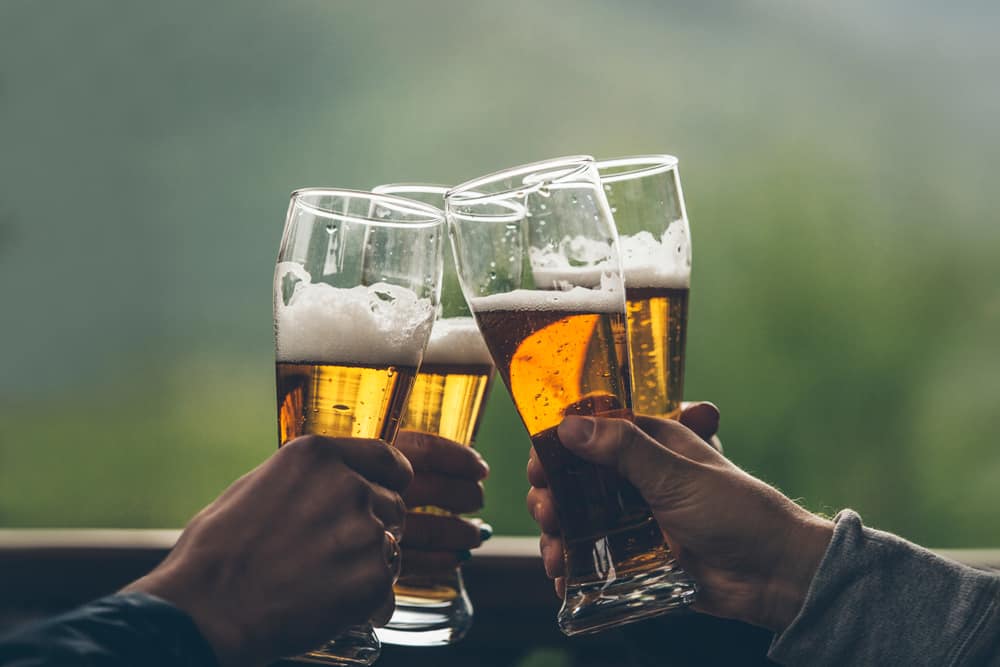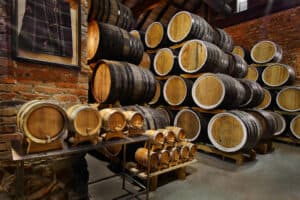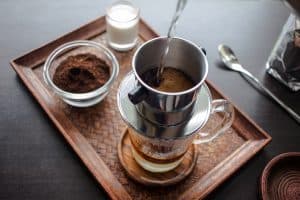
Most of us think drinking beer is as straightforward as pouring an ice-cold one into a glass and drinking it. While this is one approach, it is perhaps not the best to drink beer. Now, you must be wondering, how do you drink beer?
Choose the right type of beer or a beer that you enjoy or would like to explore. Serving beer at the right temperature is important. Too cold and you’ll lose the flavors and aroma; too hot and the carbonation and flavors fall flat. A clean glass at room temperature is the best way to serve beer.
We’ll examine the most common types of beer and their serving temperatures, give you some pointers on the types of glass you should use, and how to pour a beer correctly.
How To Drink Beer – Some Helpful Pointers

Beer is one of the world’s oldest fermented beverages, yet many people have no idea how to drink it properly.
To begin, select a beer that suits your tastes and combine it with appropriate meals. Then, serve it at the proper temperature and in the appropriate glass or cup.
1. Choose the Right Beer
Beer, just like wine or whiskey or brandy, is a personal choice. Drink what you like, but don’t be afraid to explore other options and varieties.
Beer should also be served in the right type of glass, and you can learn about them here.
Below are some of the most common types of beer:
- Ale: ferments fast and is known for its strong fruity taste, sweetness, and fuller body. It is distinguished by a dark, hazy look and a greater amount of alcohol. The India Pale Ale (IPA) will hit the spot if you enjoy bitter flavors. A tripel, a very powerful pale ale, is a Belgian-style beer that is also available for true beer enthusiasts.
- Stout: is the big brother of ale. It’s dark and creamy, with hints of chocolate and coffee.
- Porter: is so black that you can’t see anything through it. Grab a drink of Guinness and prepare for a fantastic evening or some St Patrick’s Day celebrations.
- Bitter: is a British brew notable for its rich copper color and bitter, well-hopped flavor. It is always deeper in color than an IPA.
- Wheat: is an ale-style beer with a light, somewhat hazy appearance with a distinct clove, apple, banana, or spicy flavor. Because it is never bitter, bartenders frequently offer it with a wedge of lemon.
- Lagers: have a pleasant, crisp, and smooth flavor due to delayed fermentation and treatment at lower temperatures, resulting in a light, transparent beer. It is always low in alcohol content. If you enjoy this flavor, you should try any beers such as Vienna lager, pilsner, marzens, or bock.
Of course, there are many other variations on the theme of beer, but these are the main types.
2. Don’t Overthink Your Beer
Being a beer enthusiast doesn’t mean you must go on a crusade to try and convince people about special hops or yeast strains.
Of course, you can discuss these with other beer enthusiasts or craft beer brewers. Just enjoy nature’s bounty and gifts instead of overthinking them.
3. Serve Beer at the Right Temperature
Serving beer at the right temperature goes a long way toward appreciating its aromas.
Ales
Ales can be divided into light/blonde/cream, pale, and India Pale—each has its own recommended temperature range too.
Light/blonde/cream ales do best between 40 to 45º F (4 to 7º C).
American pale ales should be consumed between 45 and 50º F (7–10º C), while their English-style counterparts do well between 50 to 55º F (10–13ºC).
India Pale has a wide variety of characteristics and variations, around 38º F (3º C) should do the trick.
Stouts & Porters
Stouts and Porter beers should be served between 45 and 50º F (7 – 10º C) to bring out their unique toasted features.
Wheat Beers
With their unique yeast taste and hazy appearance, wheat beers release the best flavor between 40 and 45º F (4 to 7º C).
Lagers & Pilsners
Lagers and Pilsner beers should be served at the very coldest, around 38º F (3º C), and the maximum should be 44 º F (7º C).
Darker lagers such as Vienna-style, Marzen, Bock, and Oktoberfest are served between 45 and 50° F (7 and 10° C). This includes amber lagers. Strong lagers such as doppelbock and Dunkel do well at 50° F (10° C).
Remember to slightly over-chill your beer under the target range to allow the beer to reach optimal serving temperature due to the atmospheric temperature and the drinker’s hands warming the glass.
4. Taste the Beer With Your Nose
Instead of just smelling and swallowing your beer after a taste, we’d recommend the retronasal way of tasting. Expert cicerones also recommend this style of “tasting”.
To practice this method, take a sip and exhale through your nose as you swallow. This allows the aromas to go up your throat and nose, offering a new way to smell a brew!
5. Don’t Frost Your Glass
No matter what your local barman says or what you were taught, frosting a beer glass won’t do much to enhance the flavor or aromas. In reality, icing your glass causes the beer to foam, destroying the carbonation and fragrances.
Rather than freezing your glass, use it at room temperature, and rinse it quickly under the tap to ensure it’s clean. This won’t interfere with any tastes.
6. Pour Beer the Right Way
Pick the right glass for your beer and ensure it is clean (rinse it under a tap to be extra sure).
Hold the glass at a 45-degree angle and pour the beer s-l-o-w-l-y from around 0.8 to 1.2 inches (2–3 cm).
When the glass is almost half full, start leveling the glass—that minimizes the head or foam on top of the beer.
Allow the head to settle and top up until the glass is around ¾ full.
Conclusion
There you have it. We’ve looked at different types of beers and their optimal serving temperatures, the best way to taste and drink beer, and pouring a beer the proper way to ensure you lock in all the flavors and aromas.









